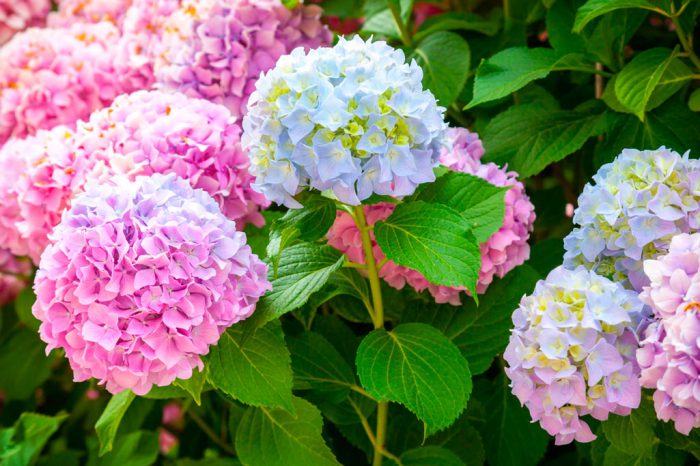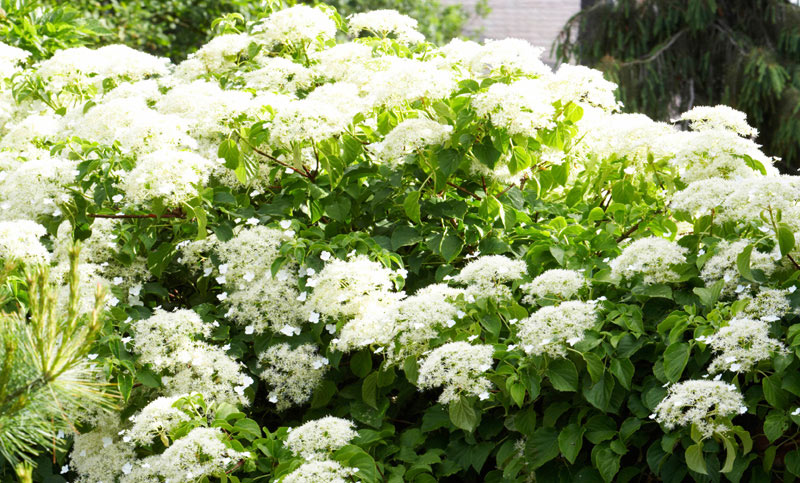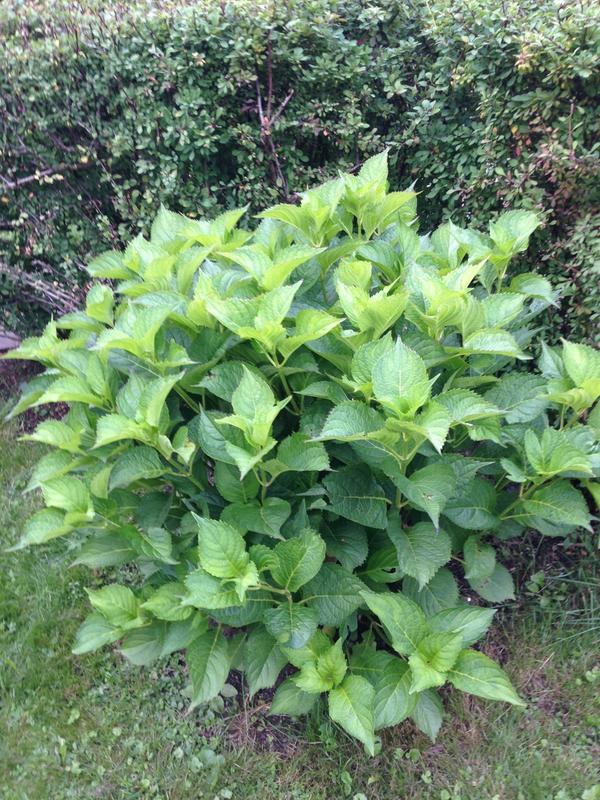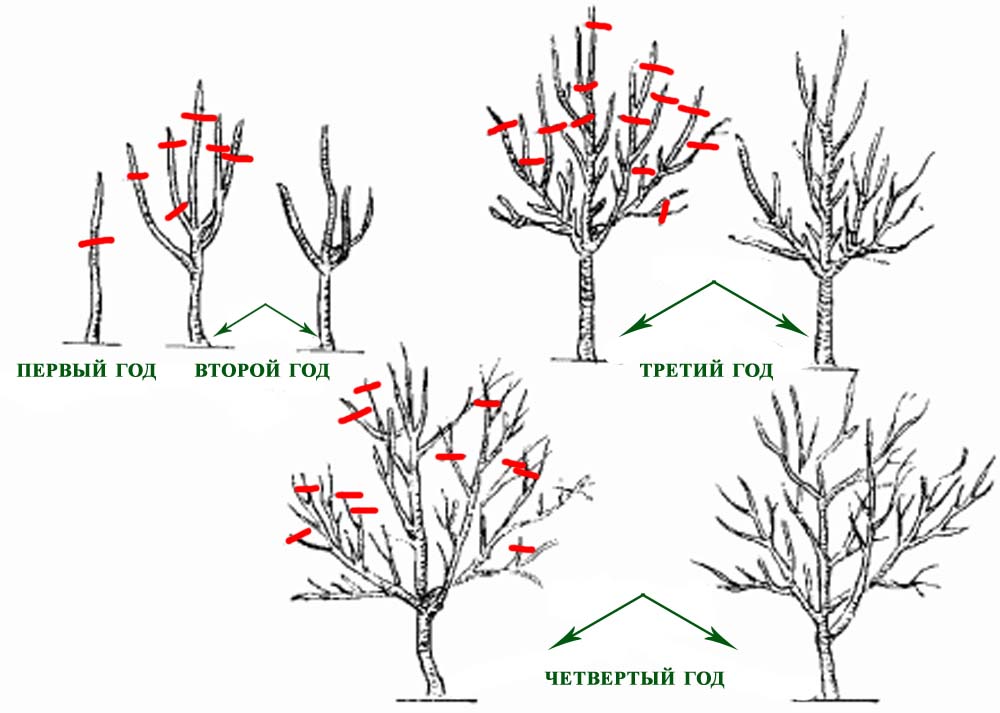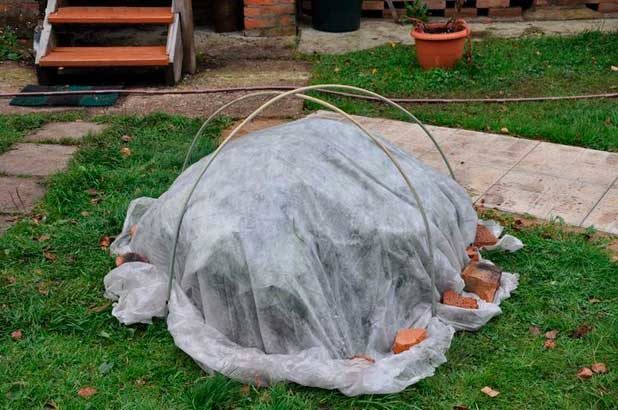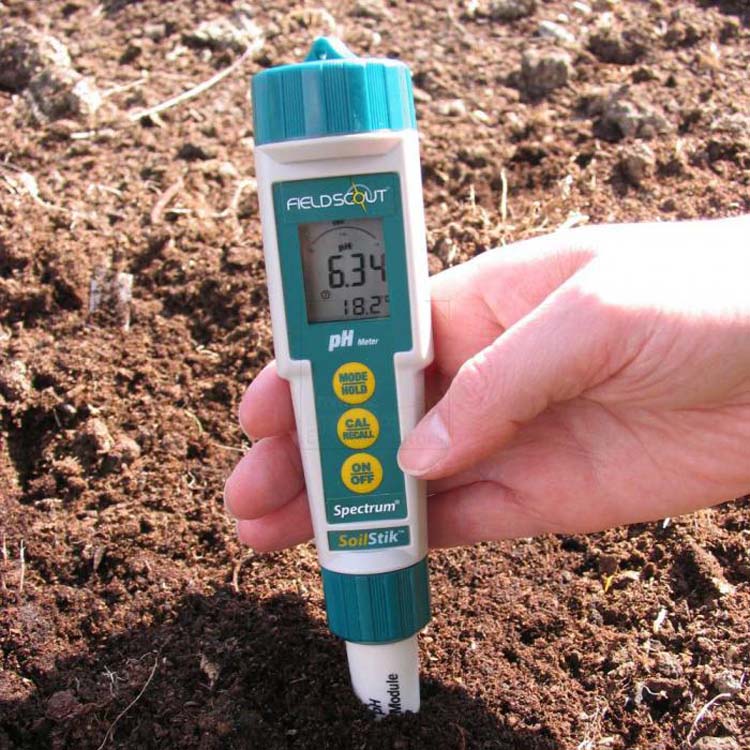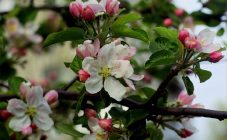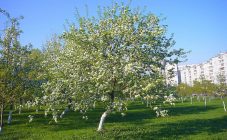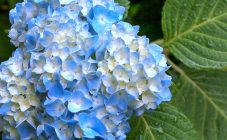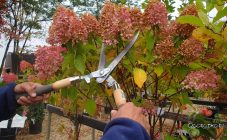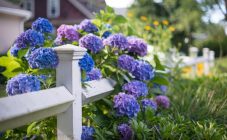Content:
Hydrangeas are extremely vigorous, long-lived shrubs. These are some of the most beautiful flowering representatives of the flora. The undoubted advantage of hydrangeas is the variety of inflorescence forms: from large caps to umbrellas with panicles. A varied color palette of flowers in white, pink, red, purple and blue can transform the entire garden. Blooming from late spring through summer to early fall, hydrangea flowers can be the foundation of every landscape.
But there are times when it can stop blooming. Why does the hydrangea not bloom, how to help it and what needs to be done to make the hydrangea bloom? The answers to these and other questions are in this article.
Description and features of flowering
The botanical name for the shrub is Hydrangea, which translated from Greek means a vessel with water. It immediately becomes clear that this plant is very fond of water. Many types of hydrangea are very thermophilic, therefore they can grow only in the southern regions. Only a few species of this plant are suitable for growing in areas of central Russia.
This is a hydrangea:
- large-leaved (broadleaf);
- tree-like;
- paniculate;
- ground cover;
- petiolate.
The homeland of hydrangea is the East Asian countries (Japan and China). Later, the plant took root in South America and the Himalayas. The Japanese call hydrangea ajisai, which means a flower - a purple sun.
Large-leaved hydrangea is native to China and Japan. Cultivated in Europe since 1790, appeared in the Nikitsky Botanical Garden before 1840. It is a spreading, broad-leaved shrub, reaches 3.5 m in height, and grows up to 1.5 m in cold zones. It grows very quickly.
Spherical crown up to 1.5 m in diameter. Stems are erect and slightly outstretched. The leaves are pointed, ovoid and about 20 cm long. The inflorescences are umbrella-shaped, reaching 15 cm. The color depends on the acidity of the soil. There are blue, lilac and pink hydrangeas of this species. Flowers from early July to late summer. Demanding on heat, soil moisture and sun.
Treelike Hydrangia came from North America. It looks like a spectacular ornamental shrub, up to 2 m high. A spherical bush with thin branches. Leaves are oval, pointed, up to 20 cm long. The buds are large, with a diameter of up to 15 cm, in the form of a shield, with white 2 cm flowers. Blooms from mid-summer to October. Winter-hardy species with vigorous regrowth after very cold winters and active rooting of cuttings.
Paniculate Hydrangia - trees or shrubs that grow even up to 10 m. A species that came from East Asia. Elliptical 12 cm leaves. The buds are formed into pyramidal panicles, up to 25 cm long.
The first flowering occurs after 4-5 years, it is observed from the beginning of summer to October. High winter hardiness, unpretentiousness and decorative effect of long flowering are noted.
Hydrangea groundcover is native to the mountain forests of Northern China. Shrub, up to 3 m high, with a wide spherical crown. Brown shoots with oval 12 cm pointed leaves of dark green color.
Blossoms white, towards the end of summer, purple umbellate inflorescences, up to 16 cm in diameter, which consist of half a thousand flowers.Blooms profusely in June-July.
Is a liana-like shrub that, with the help of suckers and aerial roots, rises along a support, up to 20 meters high. Often planted near a house, which she can completely envelop with her beauty. It spreads on the ground without support. The plant is native to East Asia. There are about 35 species, most often ornamental shrubs, sometimes seen as a small tree. The leaves are long (up to 10 cm), pointed, smooth and shiny, dark green in color. The bare, reddish-brown shoots are equipped with aerial roots and suckers.
Flowers are found in white, pink or light purple hues. They form corymbose 20 cm inflorescences, covering the vine. Blooms from mid-June for two months. Pollinated by bees, an excellent honey plant.
Why did not the hydrangea bloom
Florists often ask themselves: why hydrangea does not bloom in the garden. This culture is picky about growing conditions. A small oversight in leaving can provoke wilting and dropping of buds, or even their absence at all.
To ensure long and generous flowering of young and mature bushes, you need to know what circumstances affect their flowering. Knowing why the hydrangea does not bloom, but gives only foliage, you can effectively eliminate the problem when it occurs.
Hydrangeas thrive in moist but well-drained soil in a cool, semi-shady part of the garden. Avoid places where cold winds can damage the growth of young plants, and avoid dry, sunny areas.
Perhaps the plant is still very young. How many years does hydrangea bloom? Some varieties - only in the third or fourth year after planting. It happens even later. Usually, novice growers make gross mistakes in plant care.
Common mistakes:
- improper preparation for winter;
- incorrect pruning in the fall;
- improper watering;
- the acidity of the soil is not taken into account;
- violation of the feeding regime;
- insufficient lighting.
How to make bloom
Hydrangia of all kinds and varieties love moisture. Mature shrubs are the most demanding for lighting and tolerate cold much easier than young ones. They are strict in nutritional value and soil composition. Sandy and calcareous soils are unacceptable for them. All this must be taken into account when choosing a landing site. Hydrangea feels good, grows quickly on clay soils. It forms much worse on red earth.
The following techniques will help the culture gain strength and reveal its beauty.
Pruning
Why and when do you need to prune: in spring or autumn? It depends on the species of the plant. According to the type of flowering, Hydrangia are divided into two groups. The first group includes large-leaved varieties, the second includes paniculate and tree-like.
On the shoots of the current season, the bushes of the first group bloom, and on last year's - the second.
On large-leaved hydrangia in the fall, you need to partially cut out old branches at the root. Then, next season, powerful replacement shoots will form, they will give good flowering. The task of the autumn cut is plant reorganization and its rejuvenation.
On the treelike hydrangia, inflorescences form on the shoots of the current season. Therefore, they cut it in early spring. In mature and strong plants, 3/4 of the shoot is cut off, keeping up to 5 buds. All frozen and weak shoots are removed at the same time. In the fall, remove all wilted buds and damaged branches so that in winter the snow does not break the shrub.
Pruning is carried out in the spring: all branches that are frozen, weakened and growing towards the middle of the bush are cut off. Young growth is pruned, leaving up to 10 buds. All inflorescences are removed in autumn.
Preparing for winter
In colder regions, when a cold snap hits, many gardeners take steps to protect hydrangeas in winter.
Treelike is the most frost-resistant species, therefore, shelter is needed only for young seedlings that came from warm regions. In the fall, add several compost buckets under each plant. This will protect the roots from freezing.
Large-leaved - not particularly resistant to frost, so it needs to be helped to hide from them. The shoots are laid on boards or coniferous paws and are attached to the ground with metal studs. Then they are covered with crumbling leaves or spruce branches. In the spring, when the threat of frost passes, the shelter can be removed. In order to protect the plant from sunburn, it is better to remove the cover in the evening.
Panicle hydrangea overwinters easily without insulation. You just need to mulch each bush with humus. The plant can bloom for over 50 years. The rejuvenation of the shrub is ensured by its complete cutting under the stump.
Watering
All hydrangias need systematic, generous watering and soil mulching. This is especially important when planting in sunny places or sandy soils. The most drought-tolerant large-leaved hydrangea. Large panicle hydrangeas can easily tolerate a fairly long drought.
Soil acidity
For a garden hydrangea, the most suitable pH level is 5-6. It is strictly forbidden to lime the ground. The acidity level of the soil will gradually decrease during the absorption of nutrients.
Organic and mineral groundbaits oxidize the soil. If necessary, you can acidify the soil by mixing 10 grams in ten liters of water. food acid.
Often, the desired shade is obtained by artificially altering the soil pH by watering the plant with alkaline or acidic solutions.
Top dressing
Fertilizers are needed for development and lush flowering. There are special hydrangea dressings. Fertilizers enrich the soil not only before planting plants, but also during their intensive growth in order to accelerate it.
The first feeding should be done in late May or early summer. Then the plants are fed every two weeks. So that the plants can have time to turn numb before winter, from the second half of summer all feeding is stopped.
Tips
- When laying a hedge, a strip is dug up, 1 m wide. Between the plants there should be 0.7-1 m, after a few years they thin out.
- In areas with a cold climate, it is advisable to plant hydrangia in early spring. Where there are no frosty winters, you can plant bushes in the fall.
- Before planting, the roots of the seedling are slightly trimmed.
Knowing why hydrangea blooms poorly, it is much easier to care for it.
They are not only easy to grow, but also resistant to pests and diseases. A delightful extravaganza of colors and play of hydrangia halftones cannot but attract admiring glances. Among the whole variety of species and varieties, there will definitely be one that is right for you.
